Somehow its been five years since the previous Homefront game came out, and now we finally get a sequel… sort of.
Homefront: The Revolution (very pointedly NOT named Homefront 2) comes courtesy of a different developer, is set in a different universe and time table with a completely different backstory, and the game offers a very different playstyle than its predecessor to boot.
So what’s the same? The central idea alone: that the U.S. has been successfully invaded and occupied by Korean forces, with you in the role of patriot struggling to reclaim your once-great nation in a guerrilla war of attrition.
Same Scenario, Different Path
In this version of the Homefront experience with an alternate timeline, the United States became reliant overly-reliant on Korean technology, including military hardware.
Realizing they had us at a disadvantage, Korea decided to go ahead and turn all our electronic equipment off at once, having built a backdoor into every piece of tech they sold us. After the fallout, the KPA showed up as peacekeepers to distribute food and maintain order… but very quickly it became clear this was an occupation, not a humanitarian mission.
Of course there were those who didn’t accept their new rulers peacefully, and thus a resistance was formed: terrorists to the KPA, and guerrilla fighters to those who want to see the U.S. restored.
Personally, I liked the backstory of the first game better. While the notion of a unified Korea invading the United States is far-fetched, previous developer Kaos Studios put a lot of time into thinking through how that could happen and making each individual turning point believable.
Although the backstory isn’t quite as well thought-out, the opening segment is even more brutally tense than what was experienced in the first game.
Dambuster Studios isn’t pulling any punches with this follow-up title, so steel your resolve and get ready to see civilians and resistance members alike go down in particularly brutal fashion.
Changing The Gameplay Dynamic
There are no traditional levels like in the previous game, and every KPA you come across isn’t shooting at you immediately. You are instead in a living and breathing city, trying to blend in and avoid trouble when you aren’t undertaking missions. Some areas are off limits however, and KPA will open fire if you if you enter and don’t immediately leave.
Lacking linear levels, there are loads of side missions to undertake while furthering the overall cause of keeping Benjamin Walker – the voice of the revolution – alive so that he can unite the people against their occupiers.
This all makes for a serious change in gameplay from the last title which was a more traditional FPS along the lines of Call Of Duty / Battlefield.
With that change in style comes some interesting twists on the formula, allowing for a buying and selling mechanic with street vendors, as well as a crafting system for making objects like molotov cocktails. Instead of taking cover and reviving health slowly, there are also health syringes this time around.
One of the most entertaining changes is the on-the-fly weapon customization, letting you swap out weapon features in the field as you unlock them. The end result has markedly diverged from the start of the series, so don’t come into this expecting anything remotely similar.
For you multiplayer junkies, there’s Resistance mode this time around, which lets you co-op with three other guerrilla fighters to tackle missions, offering more than just the typical deathmatch arena.
Homefront’s New Tone
While the first entry in the series obviously wasn’t a happy game, it did have its fair share of humor (most notably with how the main character kept surviving falling from high distances, which everyone else remarked on). Don’t expect that here.
Homefront: The Revolution showcases a much darker and grittier occupied America than the previous game. It’s pretty much Batman vs. Marvel up in here.
One fascinating change that provides is that there is less of a full “us good, them bad” scenario, as there are some hideously awful people in the resistance as well.
One such character is easily as insane and bloodthirsty as everybody’s favorite villain Vaas from Far Cry 3, only she’s on your side (well, after trying to torture you to death, of course).
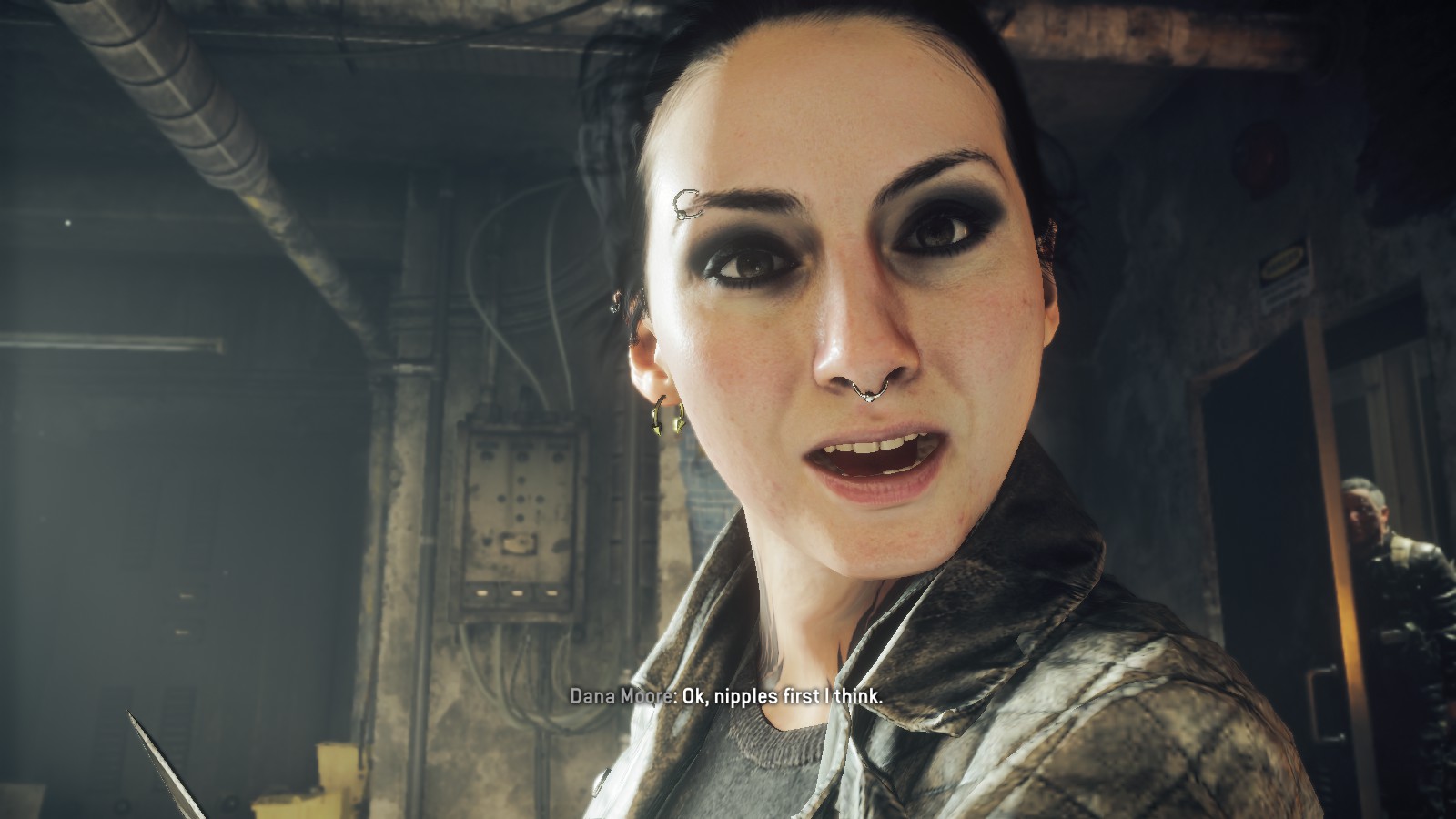 Should I be excited… or terrified?
Should I be excited… or terrified?
Despite being in a city with roads, there’s much less emphasis on driving than you’d expect, with the exception of using dirt bikes to quickly get through narrow areas. These noisy little modes of transport fit the tone better, since you aren’t using heavy military vehicles, and there’s fun to be had in trying to get your bike places it probably wasn’t meant to go.
Overall, Dambuster Studios really nailed the guerrilla combat feel, and this is one case where the box art really does tell all about the type of game you will be playing.
For much of the game you won’t feel like a walking armory / one-man army, and its easy to get overwhelmed if you let the drones call up airship support. Fleeing is not always a bad option, and the Philadelphia resistance is most definitely the underdog here.
Exploring The Big City
Moving to a single city without linear missions means that Homefront: The Revolution is essentially an open world game, and in fact even director Hasit Zala from Dambuster has compared it to an open world version Half Life.
I fully agree with half of that statement, the other half will definitely be bringing a different game to mind, however. If I had to compare this rendition of Homefront to any other title, it would easily be Far Cry 3. There’s just too many similarities not to draw that conclusion.
Radio terminals must be hacked to get an overland view of the area via your cell phone map, the weapon wheel and crafting system are quite similar, and that’s just the beginning.
There’s an upgrade mechanic that will clearly bring to mind the Far Cry system, and you pick up useless items off dead soldiers to sell for money to further upgrade your weaponry. You may even recognize a very similar visual theme with how the icons expand and then glow when an enemy notices you.
To be clear, I don’t necessarily see that as a negative – Fry Cry is an excellent series and the gameplay fits well in this setting – its just not terribly innovative.
The Bottom Line
If you prefer a linear shooter to an open world one, then Homefront: The Revolution will be disappointing, but for those who love causing anarchy and mayhem while picking between stealth or brute force combat, this change in the series will be a welcome one. I loved the first game, and I’m still enjoying this one quite a bit.
There is one technical issue to keep in mind before buying though: I experienced a ton of slow downs and frame rate drops while playing the PC edition, even after turning all the graphics settings all the way down.
In some cases this was just a minor annoyance, but in a few of the bigger battles I ended up dying and restarting as everything slowed to a crawl and aiming become impossible. Unless you have an ultra high end PC and are willing to wait for a patch to smooth out the experience, I’d recommend going console on this one.
Full disclosure: GameSkinny was provided a copy of this game by the developer for review purposes.

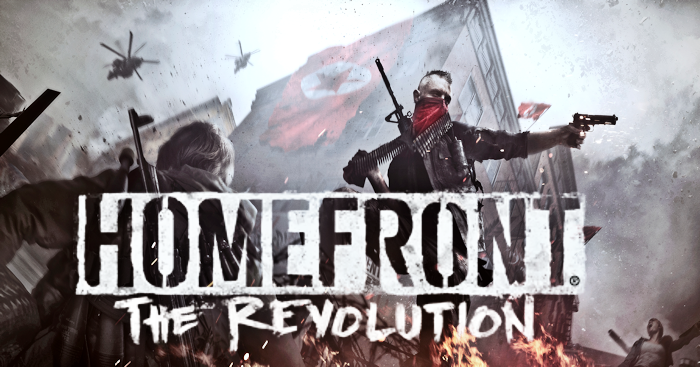
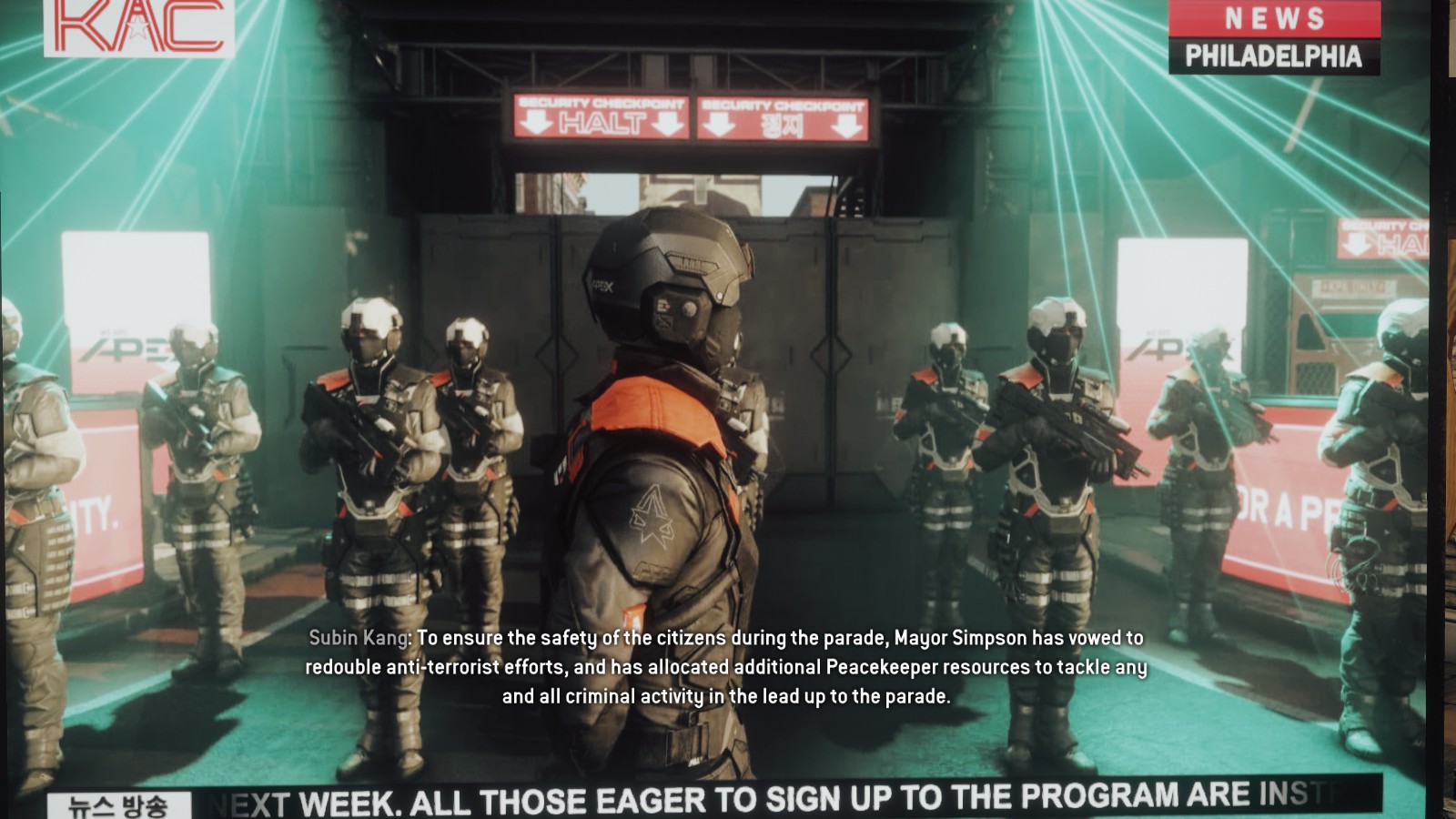
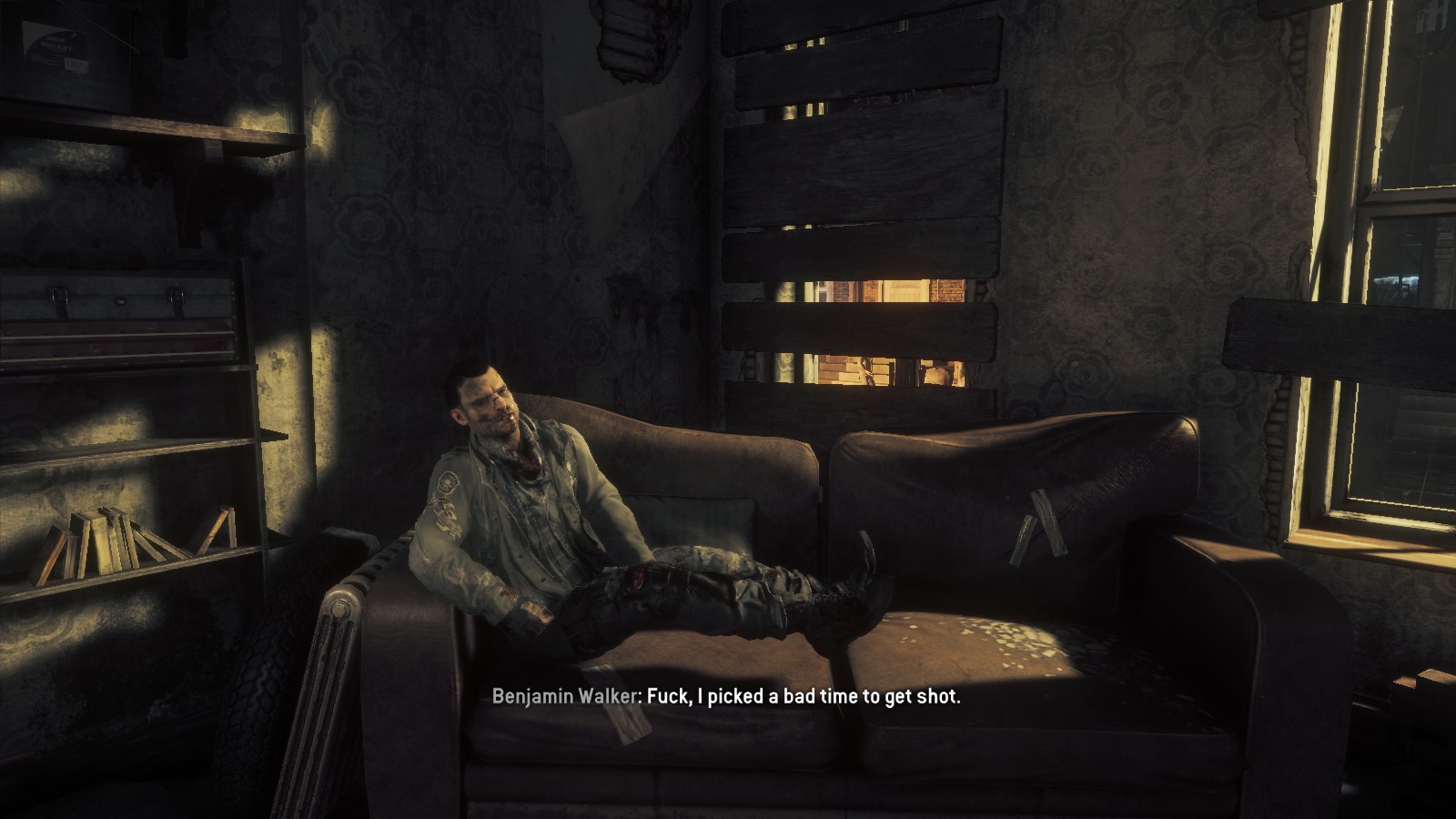
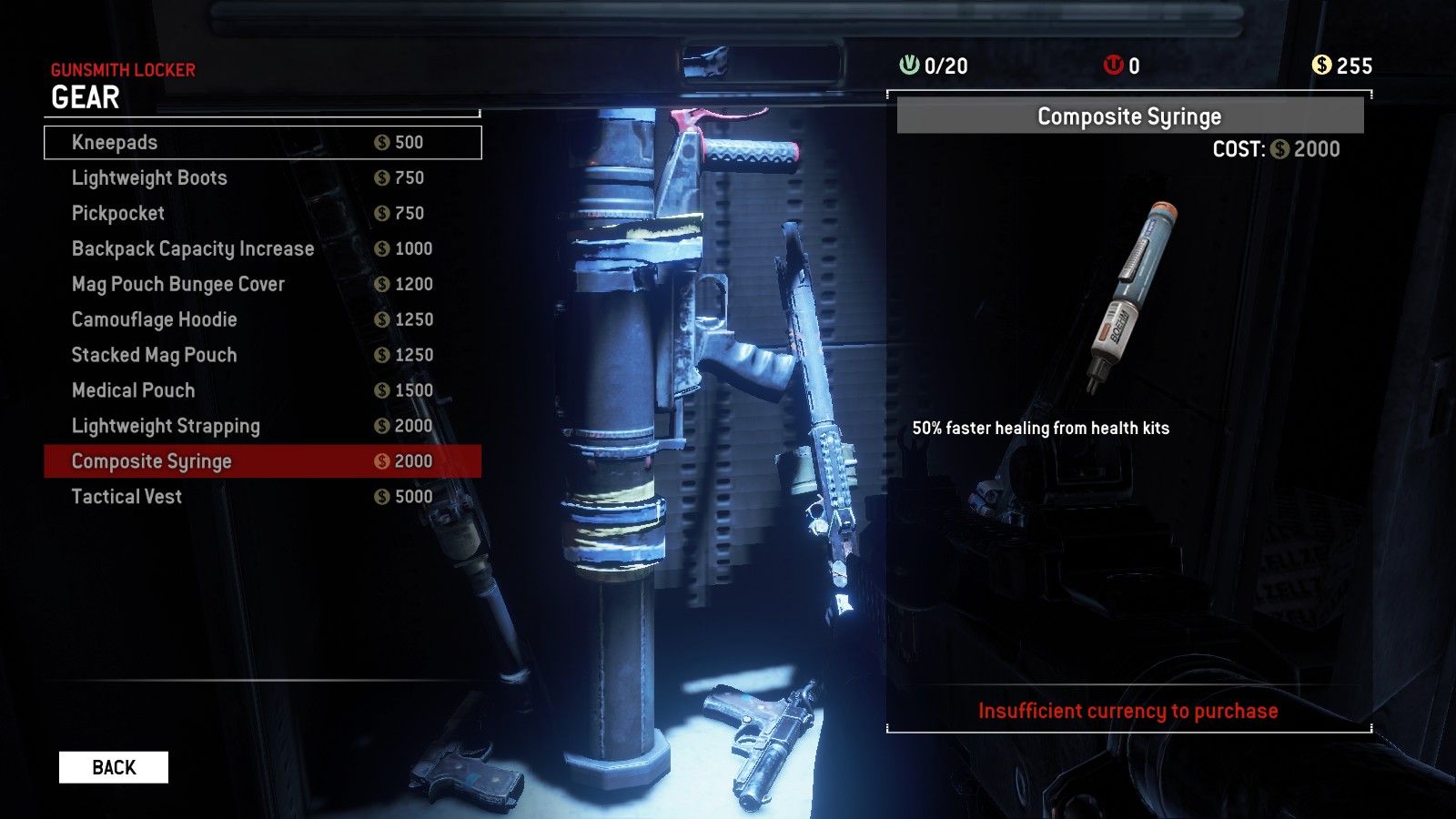
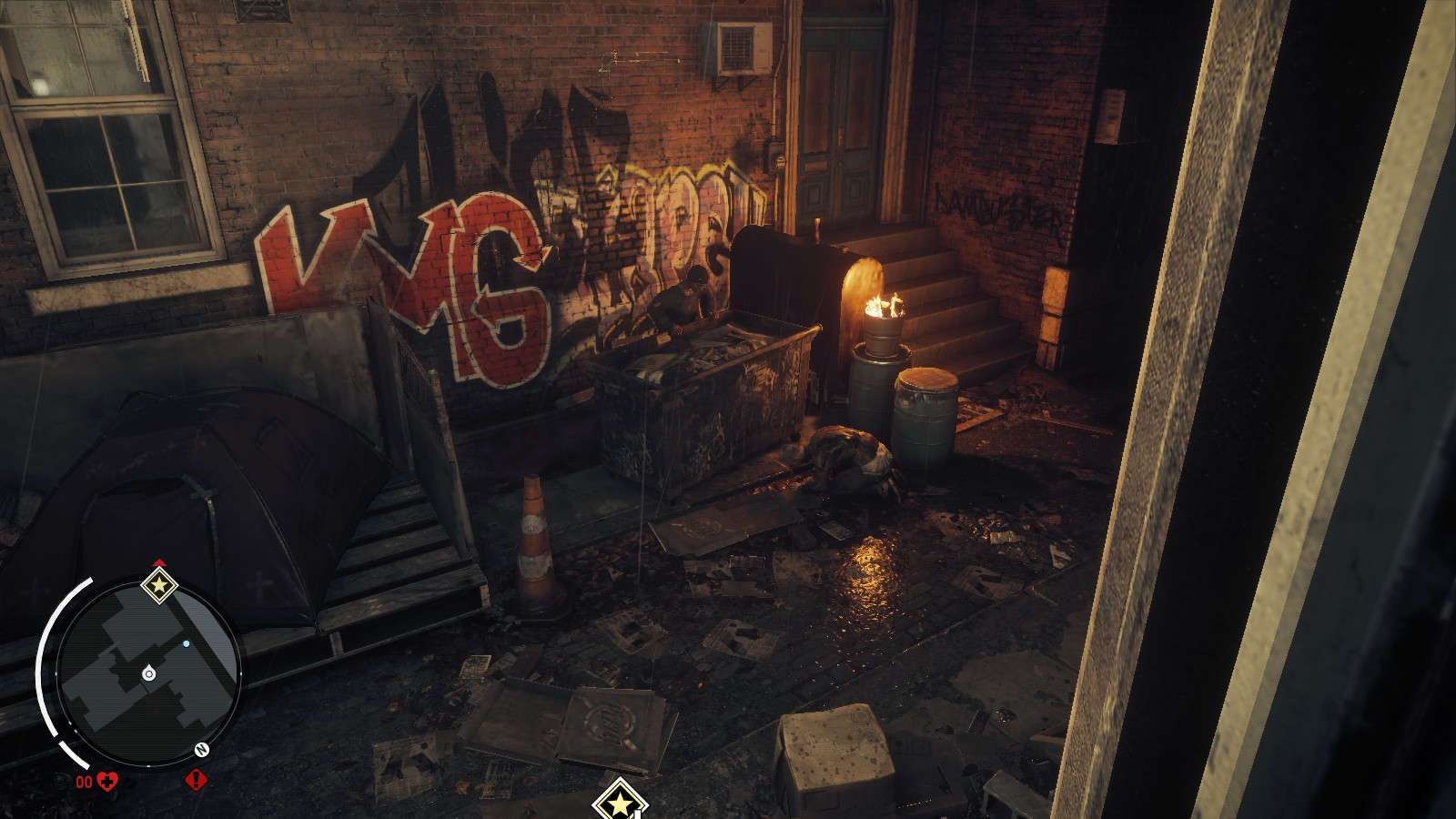
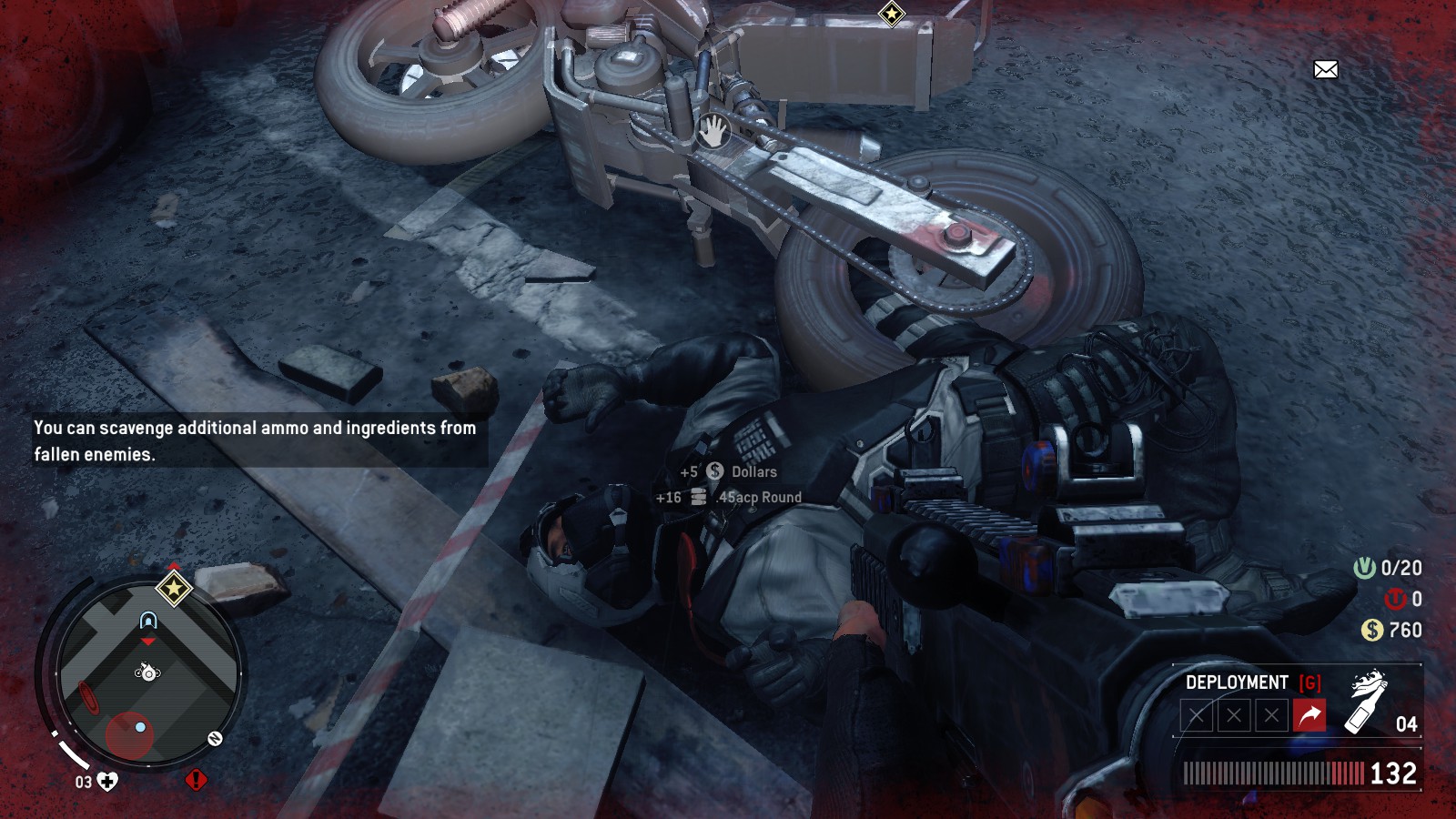








Published: May 16, 2016 07:12 am